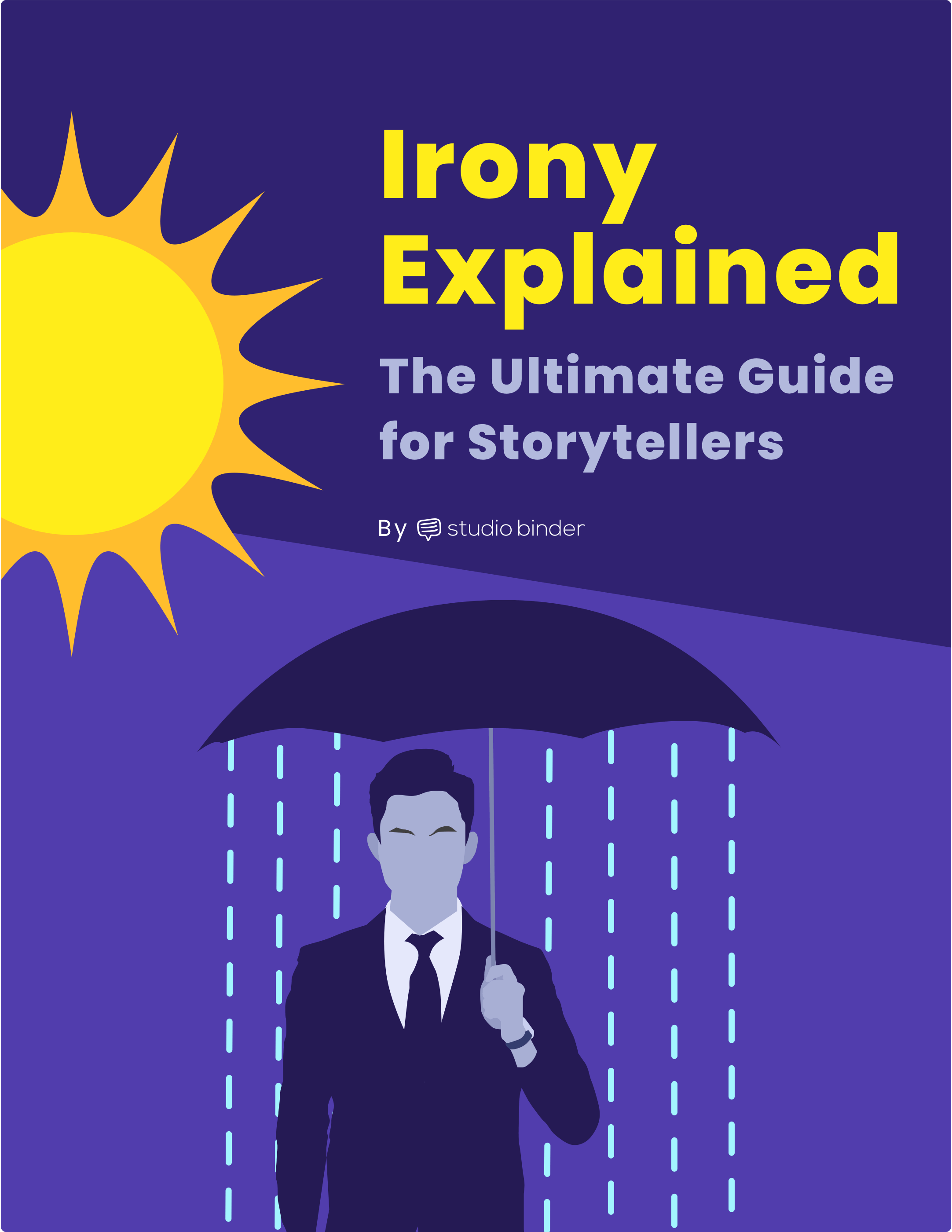Dramatic irony gives the audience more information than the character. It is a powerful type of irony built for suspense, but, in many cases things turn out OK in the end. That’s not the case with tragic irony — as the name suggests, things don’t turn out OK at all! Let’s take a look at how it can give your script a healthy dose of tragedy.
A Brief Overview
Introducing tragic irony
Tragedy is a powerful storytelling form and we've been using it for centuries. There is a certain catharsis many storytellers are after when they tell stories. And one way to make that tragedy even more effective, is to tell the audience in advance it is going to happen.
Let's define tragic irony before moving onto some examples.
Tragic irony DEFINITION
What is tragic irony?
Tragic irony is when the audience is aware in advance that tragedy will occur. It is a form of dramatic irony, in which the audience is given more information than the character. But in this particular subtype, that lack of information leads to tragedy.
Tragic Irony Example:
- A man takes a drink of tea — we know that is has been poisoned but he doesn't. We wait and watch for his inevitable and unfortunate death.
For a complete guide to irony, download our FREE ebook covering the types of irony, examples, and how writers wield it.
Free downloadable bonus
FREE Download
Ultimate Guide to Irony
Irony is an essential literary device that all writers should master. Download our FREE e-book to get in-depth explanations and examples on topics like the major types and sub-types of irony, and the myriad of ways writers can use it to enrich their storytelling.

Watching It Unfold
Use irony for catharsis
The classic example, of course, is Romeo + Juliet. In the end, circumstances align to make the star cross'd lovers believe the other is dead. Which leads them promptly into a double suicide. Wow.
Tragic irony defined.
UP NEXT
Dive deeper into irony
We've covered the basics for this type of irony but there is so much more to learn. If there is a particular form of irony you want to explore further, just follow the navigation below. Each one of these subtypes of irony belongs in every writer's toolkit.
